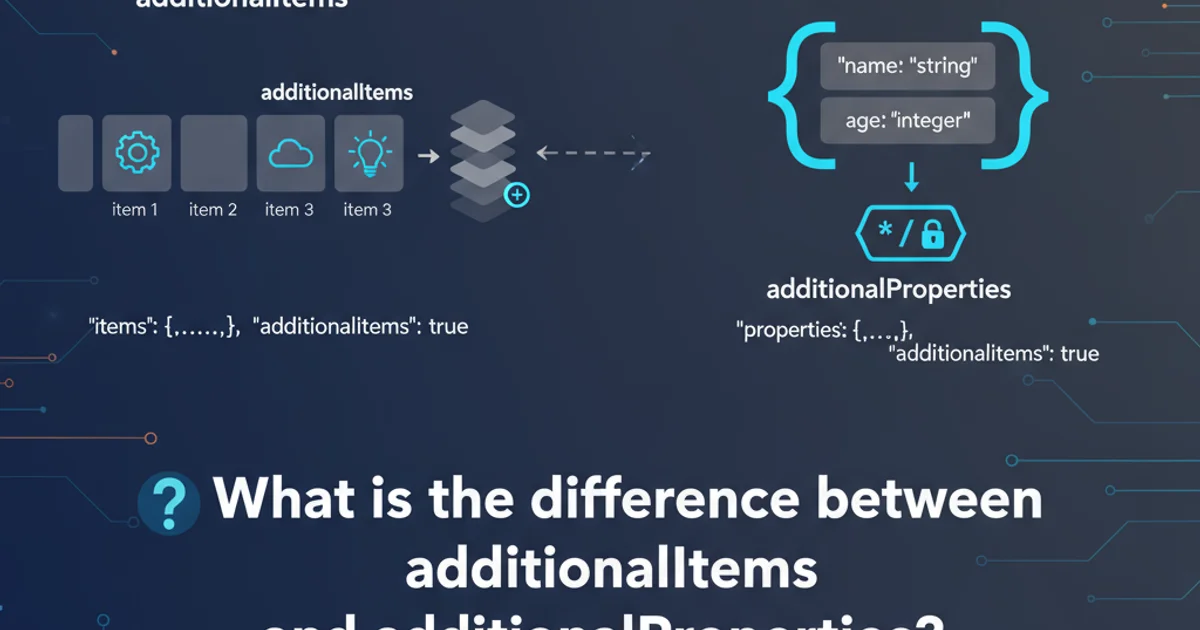Powershell how to get acls from files/directories recursively also including "[" or "]"
Categories:
PowerShell ACL Retrieval: Handling Special Characters in File Paths

Learn how to recursively retrieve NTFS Access Control Lists (ACLs) for files and directories using PowerShell, specifically addressing paths that contain square brackets [ or ] characters.
Retrieving NTFS Access Control Lists (ACLs) is a common administrative task in PowerShell. It allows you to audit and manage permissions on your file system. However, when dealing with file or directory names that contain special characters like square brackets ([ or ]), standard PowerShell cmdlets might encounter issues. This article provides robust methods to recursively fetch ACLs, ensuring these challenging paths are handled correctly.
Understanding the Challenge with Square Brackets
PowerShell's Get-ChildItem and Get-Acl cmdlets are powerful, but they interpret square brackets as wildcard characters when used in the -Path or -Filter parameters. This behavior can lead to unexpected results, such as not finding the intended files or, worse, matching multiple unintended files if not properly escaped. For instance, Get-ChildItem -Path 'C:\Data\[Test]' might not find a folder literally named [Test] because [T] is interpreted as a wildcard matching 'T'.
flowchart TD
A[Start PowerShell Script] --> B{Define Root Path}
B --> C{Check for Special Characters in Path}
C -- Yes --> D["Escape Special Characters (e.g., `[]`)"]
C -- No --> E[Proceed with Standard Path]
D --> F[Use `Get-ChildItem` with `-LiteralPath`]
E --> F
F --> G["Iterate through Files/Directories"]
G --> H["Get ACL for each item (`Get-Acl`)"]
H --> I[Output ACL Information]
I --> J[End]Workflow for retrieving ACLs, highlighting special character handling.
Method 1: Using -LiteralPath for Exact Matches
The most reliable way to handle special characters in file paths is to use the -LiteralPath parameter with Get-ChildItem. This parameter instructs PowerShell to treat the path exactly as provided, without interpreting any characters as wildcards. This is crucial for paths containing [ or ].
$RootPath = 'C:\YourFolder\[Special Folder]'
# Ensure the path exists for demonstration
if (-not (Test-Path $RootPath)) {
New-Item -ItemType Directory -Path $RootPath -Force | Out-Null
New-Item -ItemType File -Path "$RootPath\File[1].txt" -Value "Test content" -Force | Out-of-Null
}
Get-ChildItem -LiteralPath $RootPath -Recurse | ForEach-Object {
try {
$acl = Get-Acl -LiteralPath $_.FullName
[PSCustomObject]@{
Path = $_.FullName
Owner = $acl.Owner
Access = ($acl.Access | Select-Object IdentityReference, FileSystemRights, AccessControlType, IsInherited, InheritanceFlags, PropagationFlags | Out-String).Trim()
}
}
catch {
Write-Warning "Could not get ACL for $($_.FullName): $($_.Exception.Message)"
}
}
Retrieving ACLs recursively using -LiteralPath for paths with special characters.
-LiteralPath when dealing with paths that might contain special characters or when you need an exact path match. This prevents unintended wildcard expansion and ensures accuracy.Method 2: Escaping Wildcard Characters (Less Recommended)
While -LiteralPath is the preferred method, it's also possible to manually escape wildcard characters. PowerShell uses the backtick () as an escape character. For square brackets, you would escape them as ``[ and] ``. However, this approach can become cumbersome and error-prone, especially when paths are dynamically generated or contain multiple special characters.
$RootPath = 'C:\YourFolder\[Special Folder]'
# Escaping square brackets for wildcard interpretation
$EscapedPath = $RootPath -replace '\[', '`[' -replace '\]', '`]'
# Note: This method is generally less robust than -LiteralPath
# and might still have edge cases depending on the cmdlet.
Get-ChildItem -Path $EscapedPath -Recurse | ForEach-Object {
try {
# Get-Acl also supports -LiteralPath, which is safer here too
$acl = Get-Acl -LiteralPath $_.FullName
[PSCustomObject]@{
Path = $_.FullName
Owner = $acl.Owner
Access = ($acl.Access | Select-Object IdentityReference, FileSystemRights, AccessControlType, IsInherited, InheritanceFlags, PropagationFlags | Out-String).Trim()
}
}
catch {
Write-Warning "Could not get ACL for $($_.FullName): $($_.Exception.Message)"
}
}
Example of manually escaping square brackets in a path (use with caution).
* or ?) that you do want to be interpreted as wildcards, then escaping only [ and ] might be appropriate. Otherwise, -LiteralPath is safer for exact matches.Outputting and Interpreting ACL Information
The Get-Acl cmdlet returns a System.Security.AccessControl.DirectorySecurity or FileSecurity object. This object contains detailed information about the owner and access rules. The Access property is a collection of FileSystemAccessRule objects, each describing a specific permission entry. For readability, we often format this output to show key details like IdentityReference, FileSystemRights, and AccessControlType.
# Example of how to parse and display ACL entries more clearly
$acl = Get-Acl -LiteralPath 'C:\YourFolder\[Special Folder]\File[1].txt'
Write-Host "Path: $($acl.Path)"
Write-Host "Owner: $($acl.Owner)"
Write-Host "Group: $($acl.Group)"
Write-Host "
Access Rules:"
$acl.Access | ForEach-Object {
Write-Host " Identity: $($_.IdentityReference)"
Write-Host " Rights: $($_.FileSystemRights)"
Write-Host " Type: $($_.AccessControlType)"
Write-Host " Inherited: $($_.IsInherited)"
Write-Host " Inheritance Flags: $($_.InheritanceFlags)"
Write-Host " Propagation Flags: $($_.PropagationFlags)"
Write-Host "---"
}
Detailed output of ACL properties for a single file.